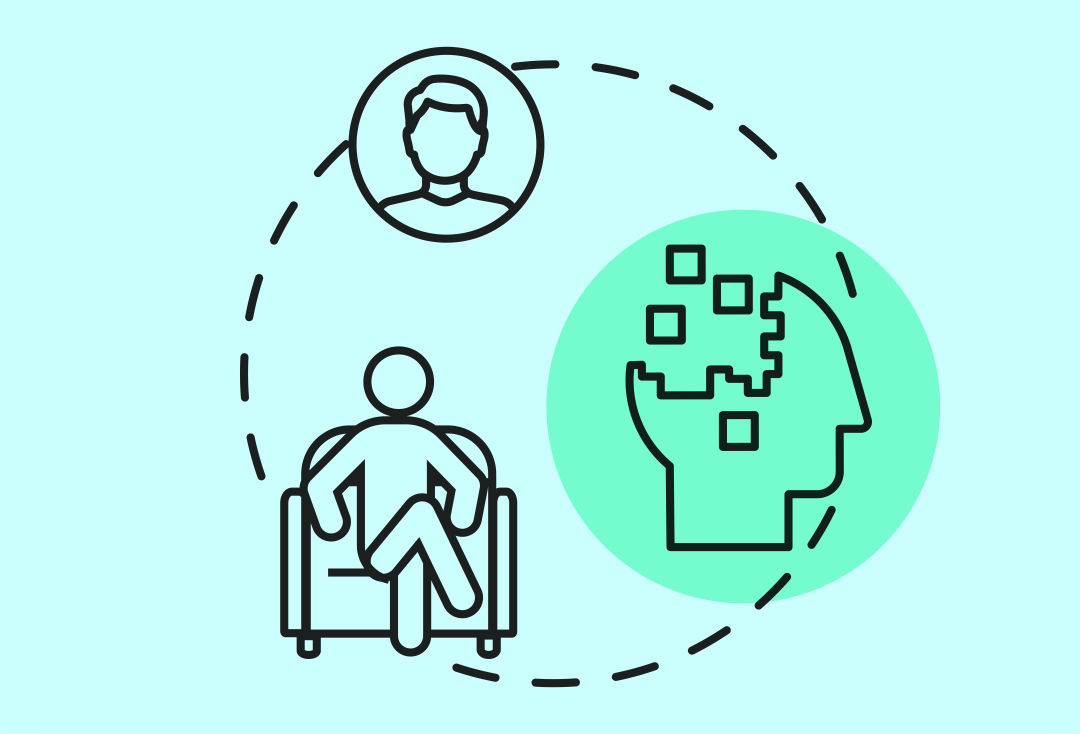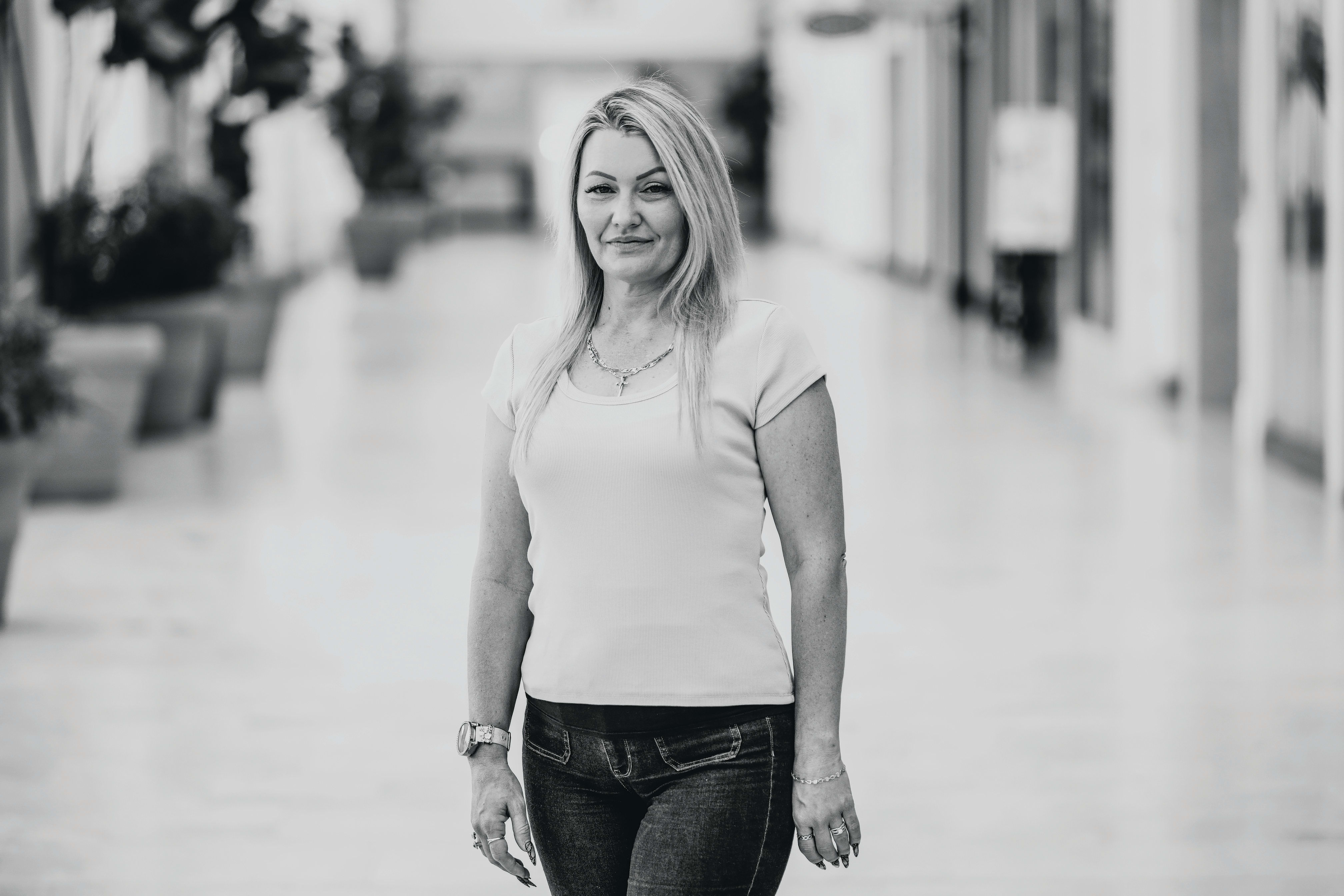What's the Best Way to Relieve Anxiety at Home?

Image: Gigi Ortwein
If you're feeling mounting stress and anxiety, but don't want to visit a professional just yet, there are simple ways you can relieve your symptoms at home, for free. Sarasota parent and child psychologist Tara Motzenbecker recently shared some tips on how to keep your mind clear and your worries at bay with Sarasota Magazine.
"The best type of therapy for anxiety is called cognitive behavioral therapy, or CBT," says Motzenbecker. "The premise is that our thoughts directly affect feelings, which affect behaviors. We work to stop this cycle, change thoughts and replace them with more productive and rational thoughts." Other techniques within CBT therapy can include exposure to triggers, habit reversal training or simply turning negative thoughts into realistic ones.
Here are some of Motzenbecker's tips for addressing anxiety at home:
Write in a gratitude journal.
Motzenbecker says there are ways you can mimic the effects of CBT therapy while at home. The first step is to write in a gratitude journal, logging three things you are grateful for each day or at the moment when anxiety arises.
"You can even practice this without a journal, just saying it out loud, when you are driving and stuck in traffic, stressed about something in particular," she says.
Schedule time to worry.
Another technique Motzenbecker recommends is scheduling "worry time" like you would with anything else on your to-do list. Any time a worry occurs, jot it down on a piece of paper or create a voice memo in your phone, and return to that worry at a designated worry time. This could be at the end of a workday, while working out or in the middle of a meal. Worry time can last anywhere from 10 to 30 minutes.
"Give those worries all your attention, and when time's up, if other worries arise, put them on tomorrow's agenda," says Motzenbecker. This trains our brains to compartmentalize in productive ways.
Talk to your anxiety as if it were a person.
Motzenbecker also recommends talking to your anxiety as if it were a friend, or enemy, sitting beside you. Acknowledge its presence and ask why it's decided to come up at that moment. There is usually a reason for the physical manifestations of anxiety, like cold, sweaty palms, a racing heart or shortness of breath. Identifying the underlying reasons while talking to your anxiety as it if was a person can change your perspective.
Try breathing and relaxation techniques.
"Other techniques we work on in a typical CBT therapy session include things like breathing exercises and progressive muscle relaxation," says Motzenbecker. She recommends finding a breathing or meditation app that gives different techniques with varying counts for inhale and exhale breaths. This slows down your autonomic nervous system and gives your body and brain permission to calm down.
Progressive muscle relaxation is another technique that involves clenching all the muscles in your body for 30 seconds and then releasing and becoming "like a rag doll," as Motzenbecker says. Do this a couple times in a row while sitting in a chair or laying down. It can signal the body to relax, and get out of its "fight or flight mode," which occurs with anxiety, especially before bed.
Try bilateral exercise.
Getting your body moving is one of the best practices for mental health. Motzenbecker recommends bilateral movements, like going for a walk, running or cycling, because it stimulates both sides of the brain.
"When you are anxious, the brain stops working cohesively, so bilateral movements like walking or even tapping one foot at a time on the floor, can get the brain to start thinking as a whole," says Motzenbecker.
Go easy on yourself.
"We are expecting to see an increase in people seeking treatment over the next few years following the pandemic and the current state of the world," says Motzenbecker. "If you are feeling lonely, isolated or stressed, it's OK to acknowledge that when returning to our regular schedules."
Schedule a virtual therapy session.
The global pandemic, plus daily life stressors, can cause anyone to feel overwhelmed at times. However, there is a difference between stress and anxiety. Anxiety can be a result of piled-up stress, and if it begins to affect your work and relationships, seeking therapy can help. If you wish to stay home, consider a virtual session with a professional. Many psychologists offer telehealth services that are covered by some insurances companies.



